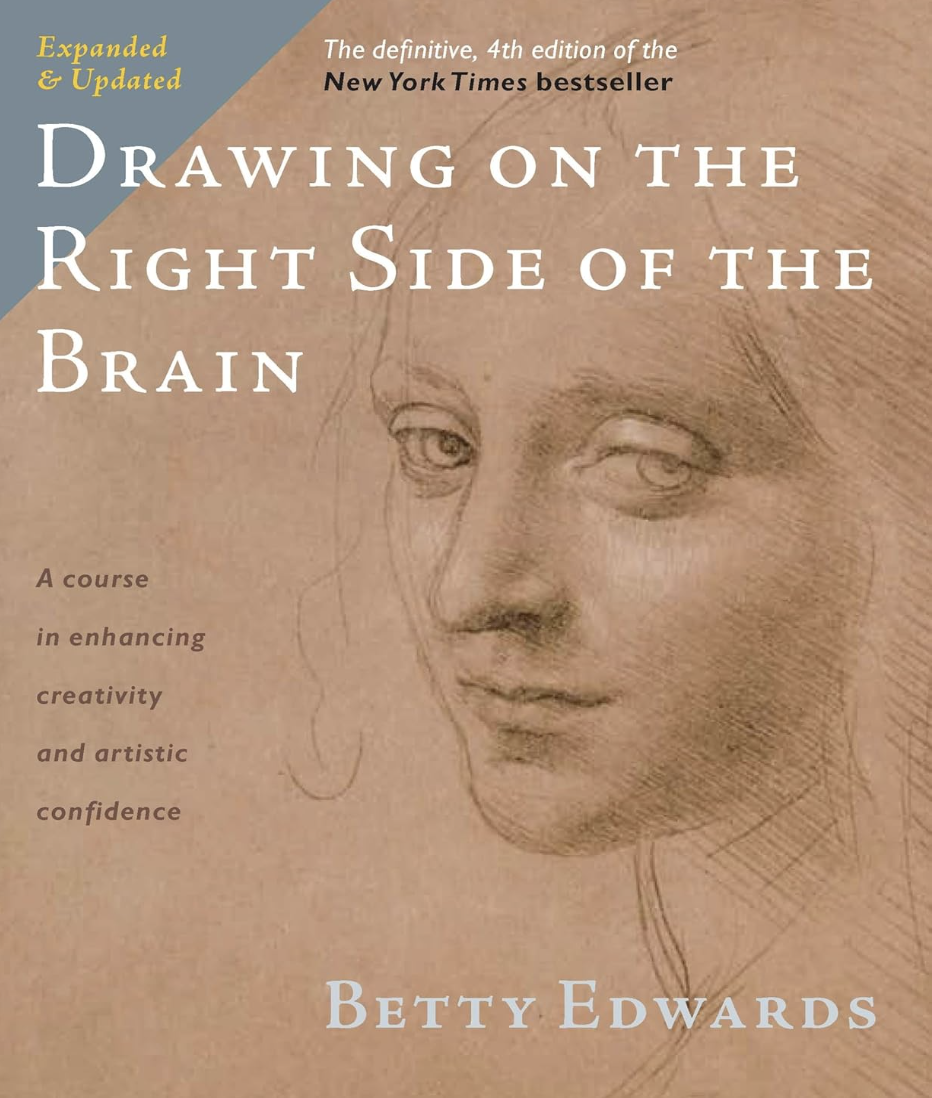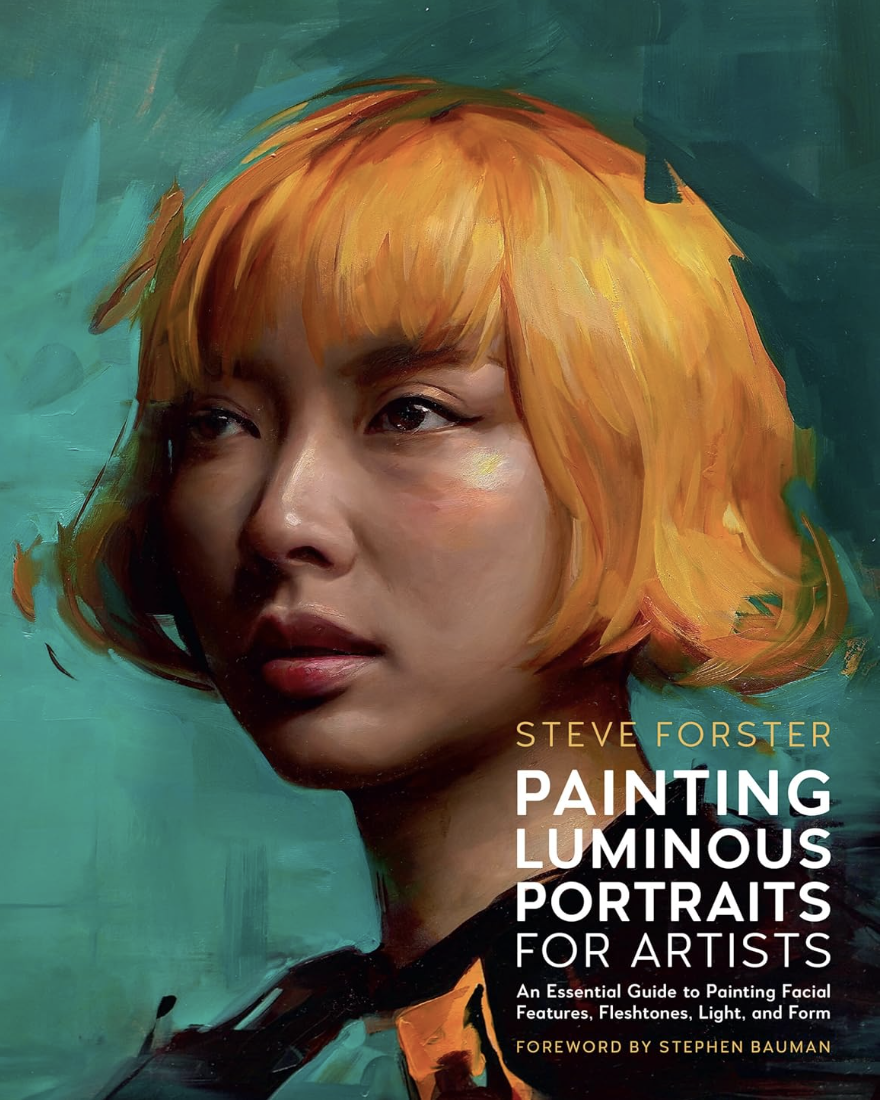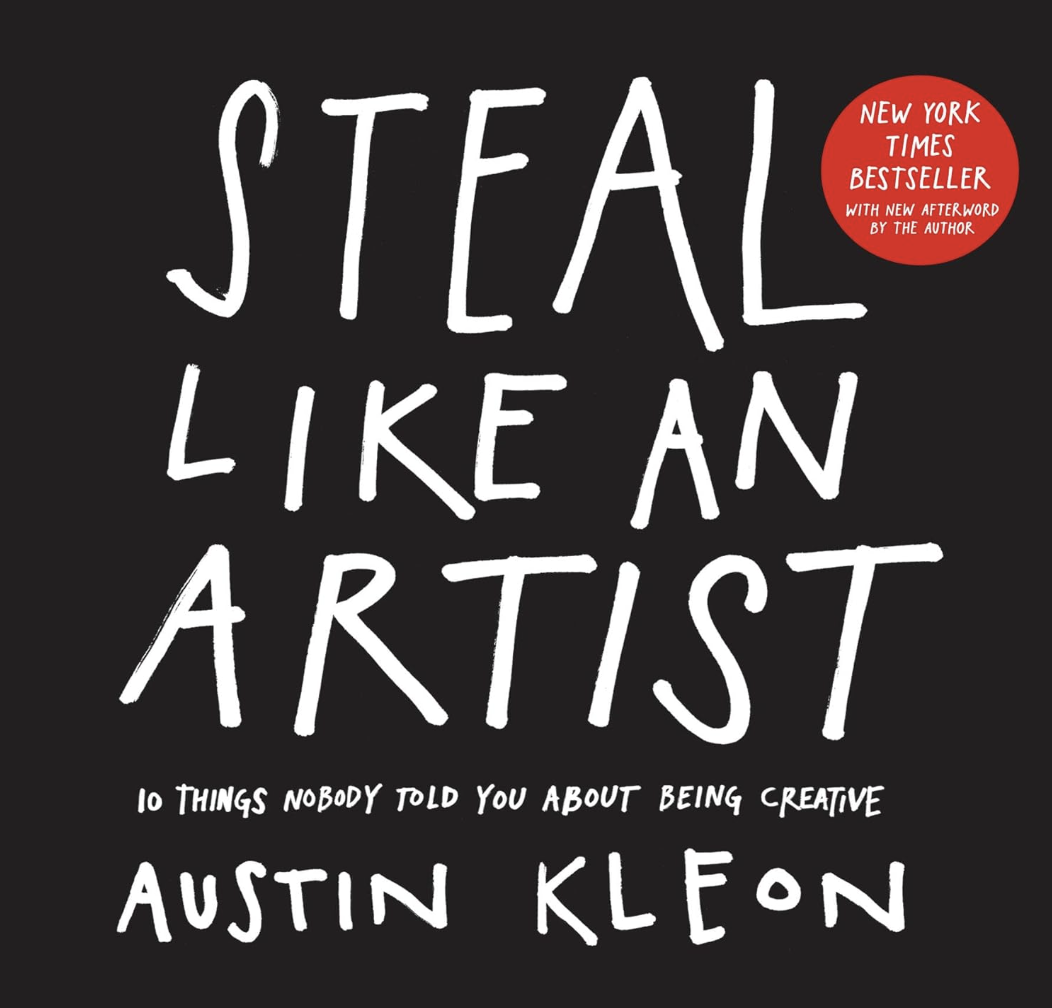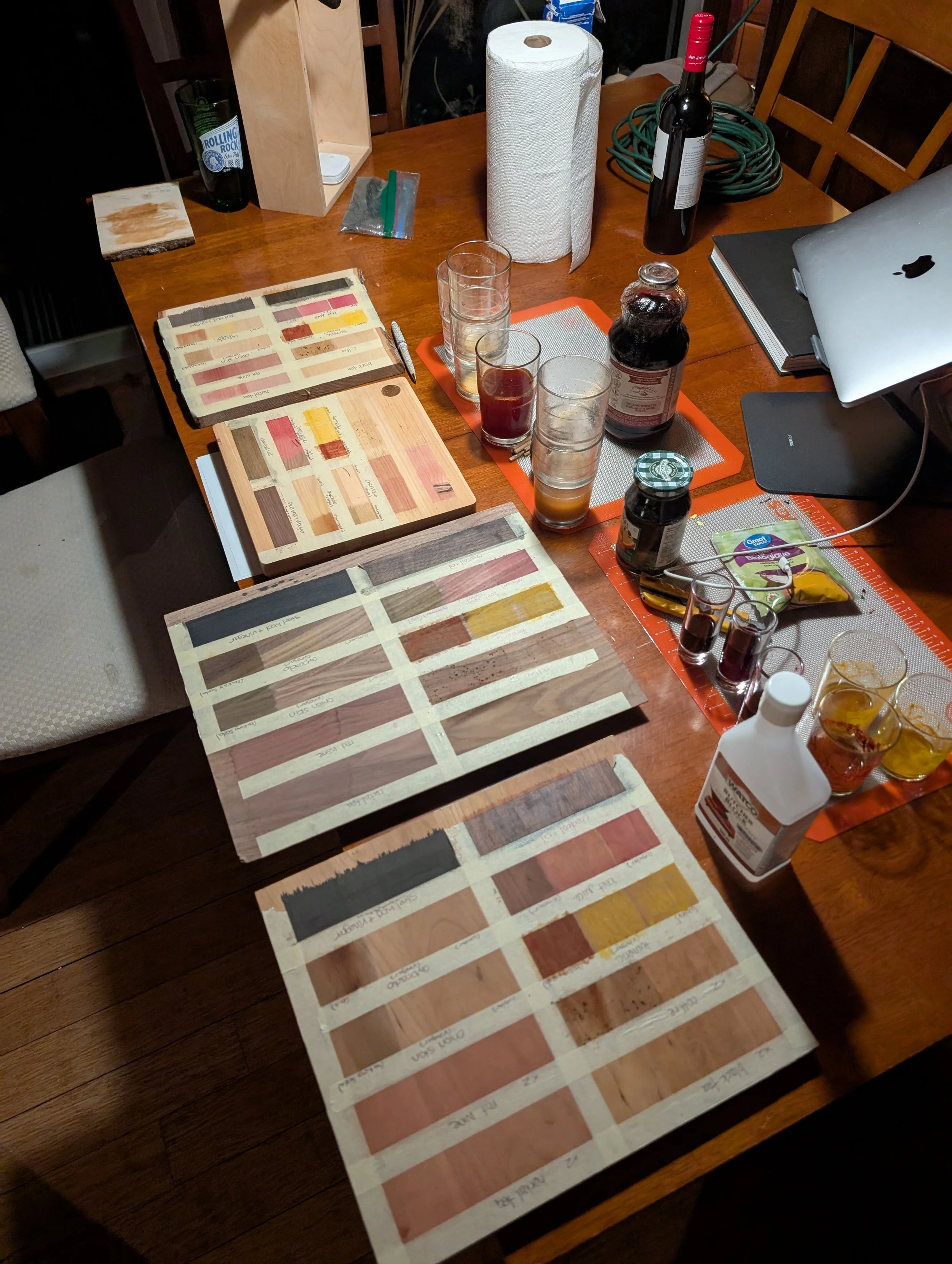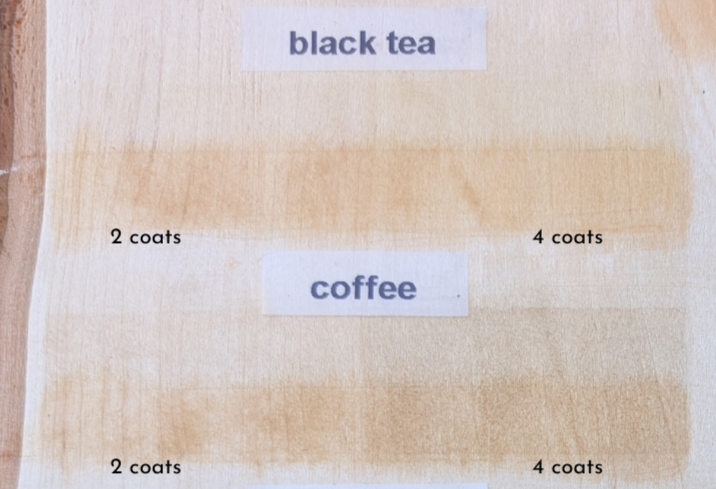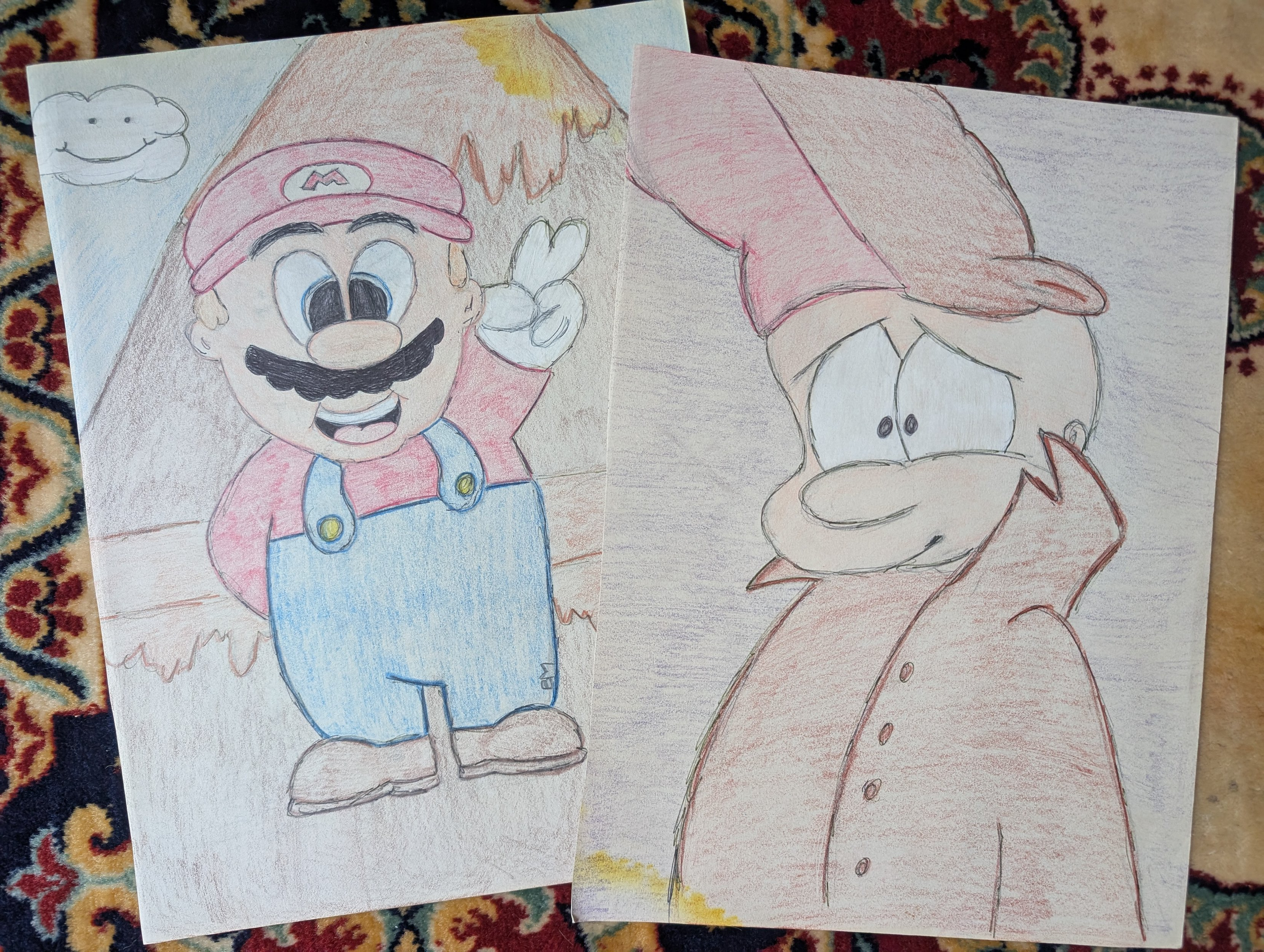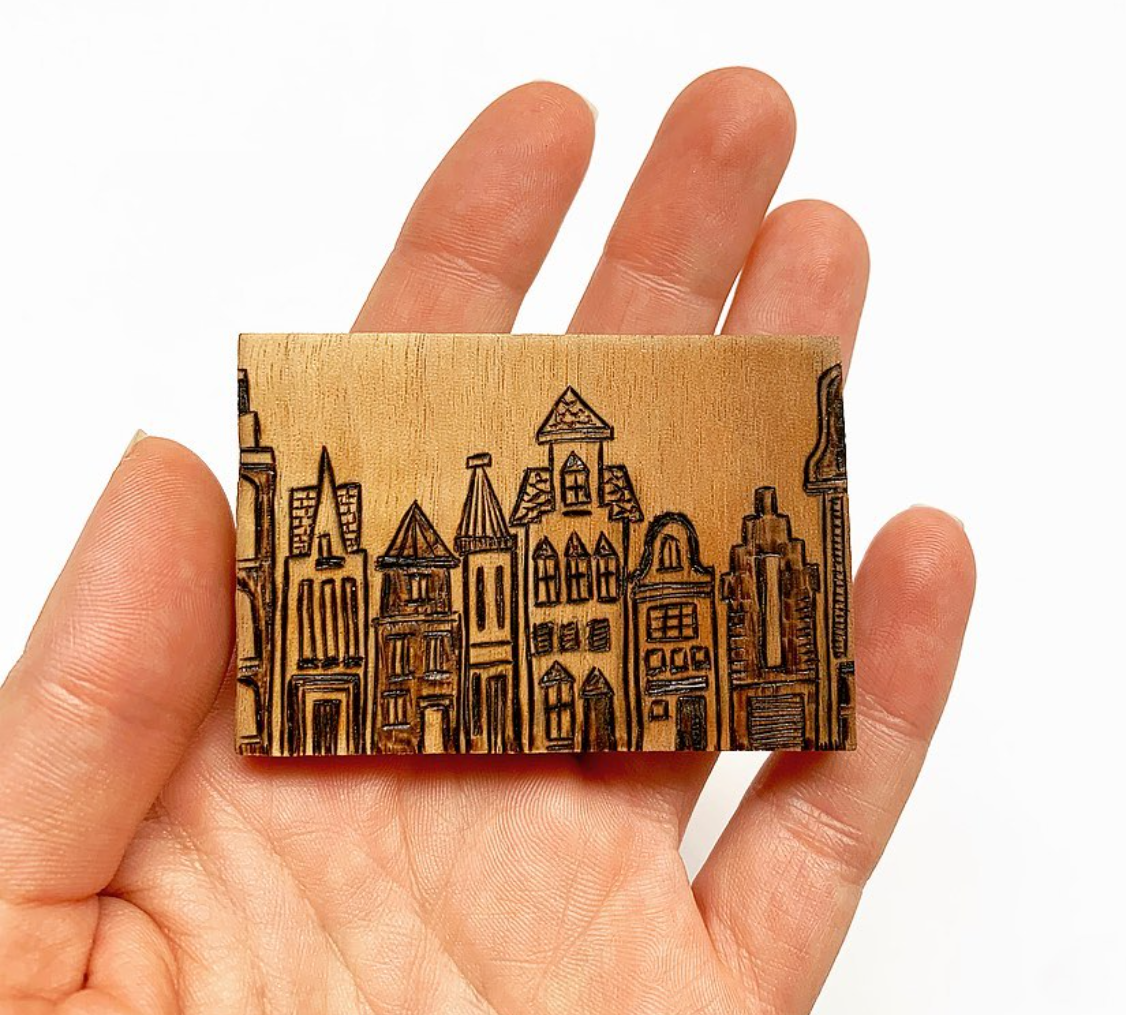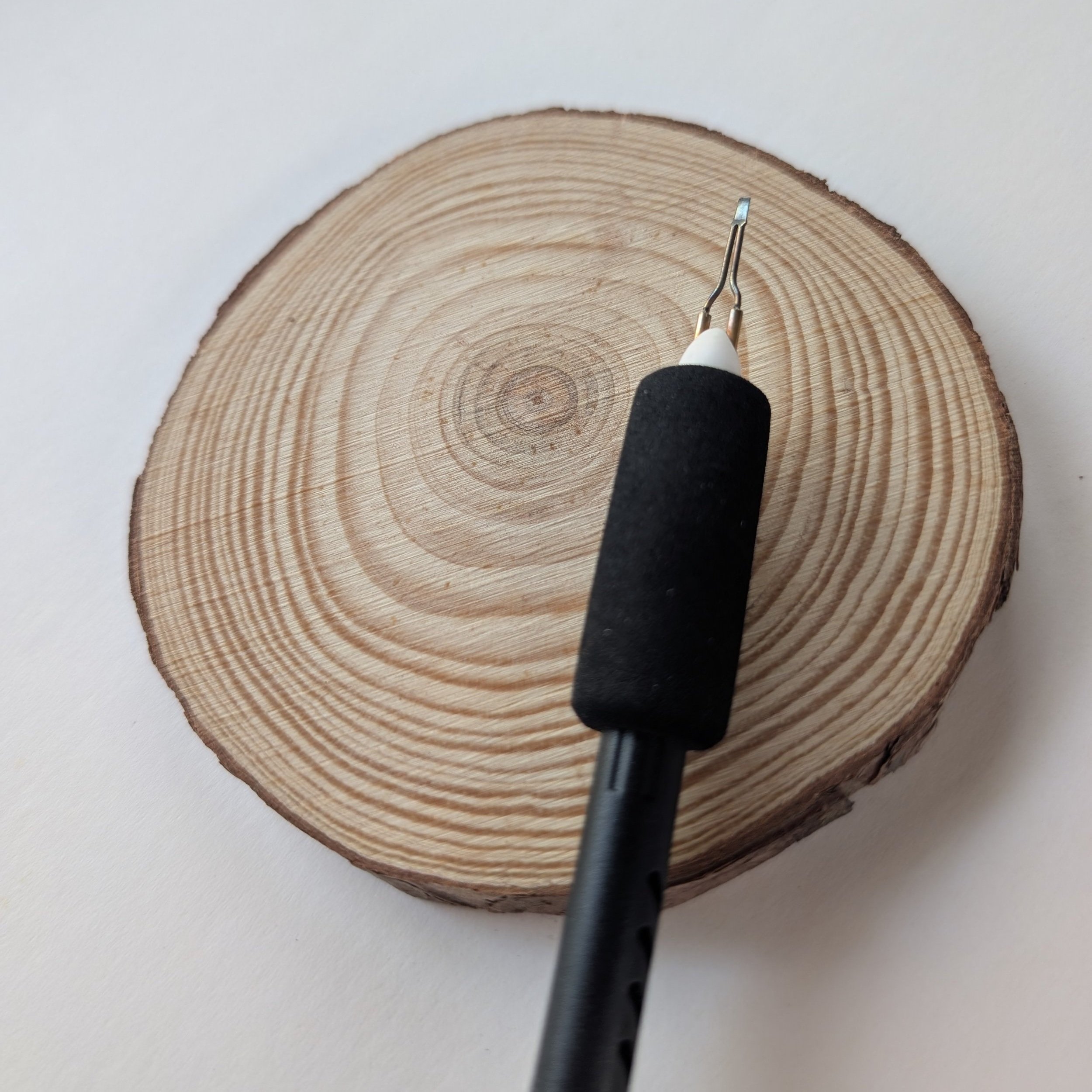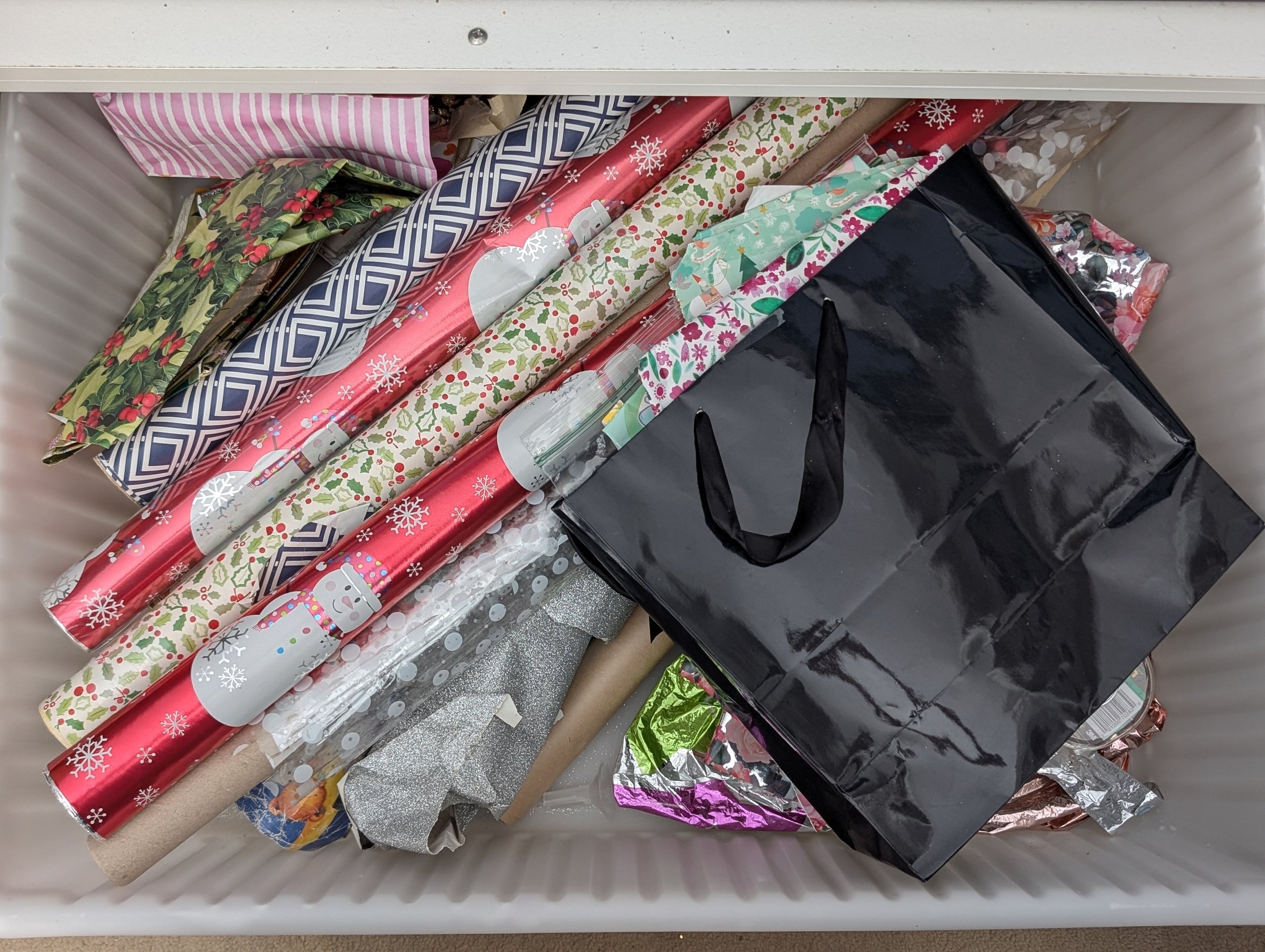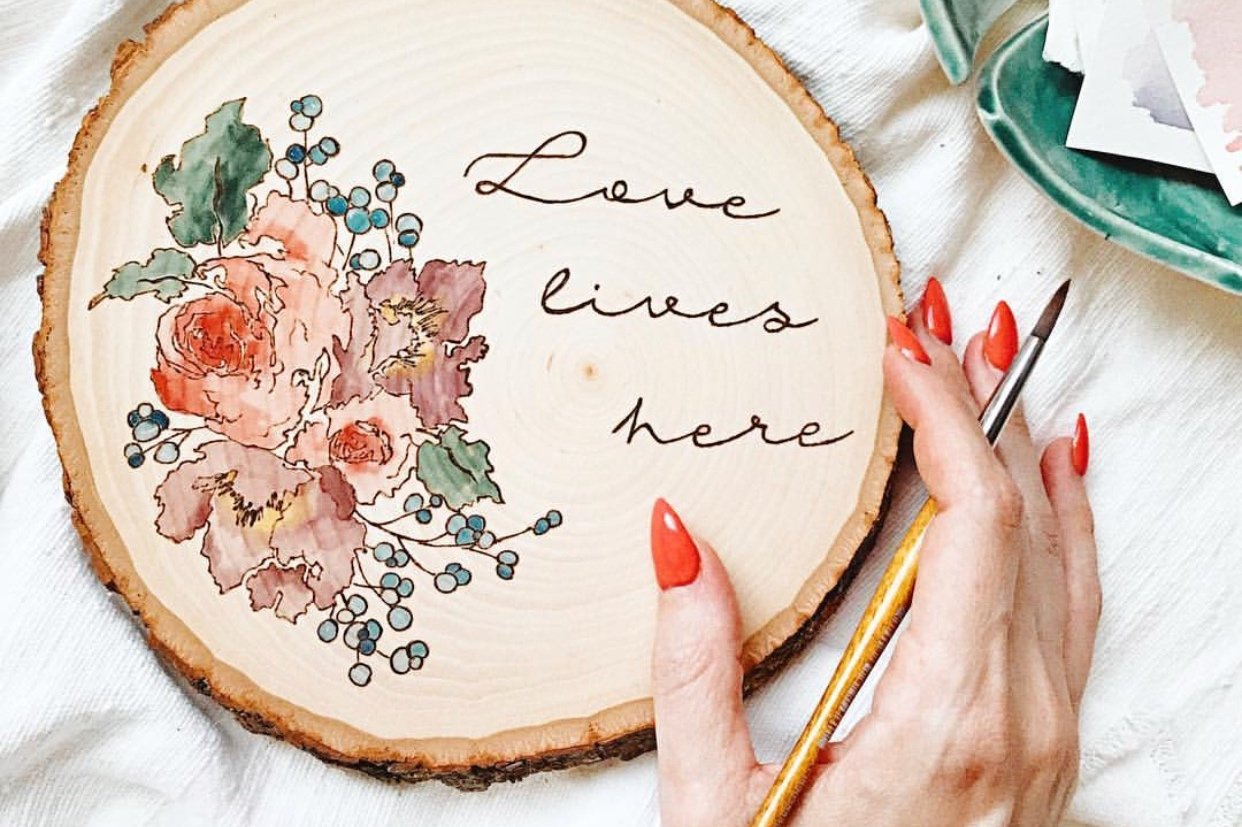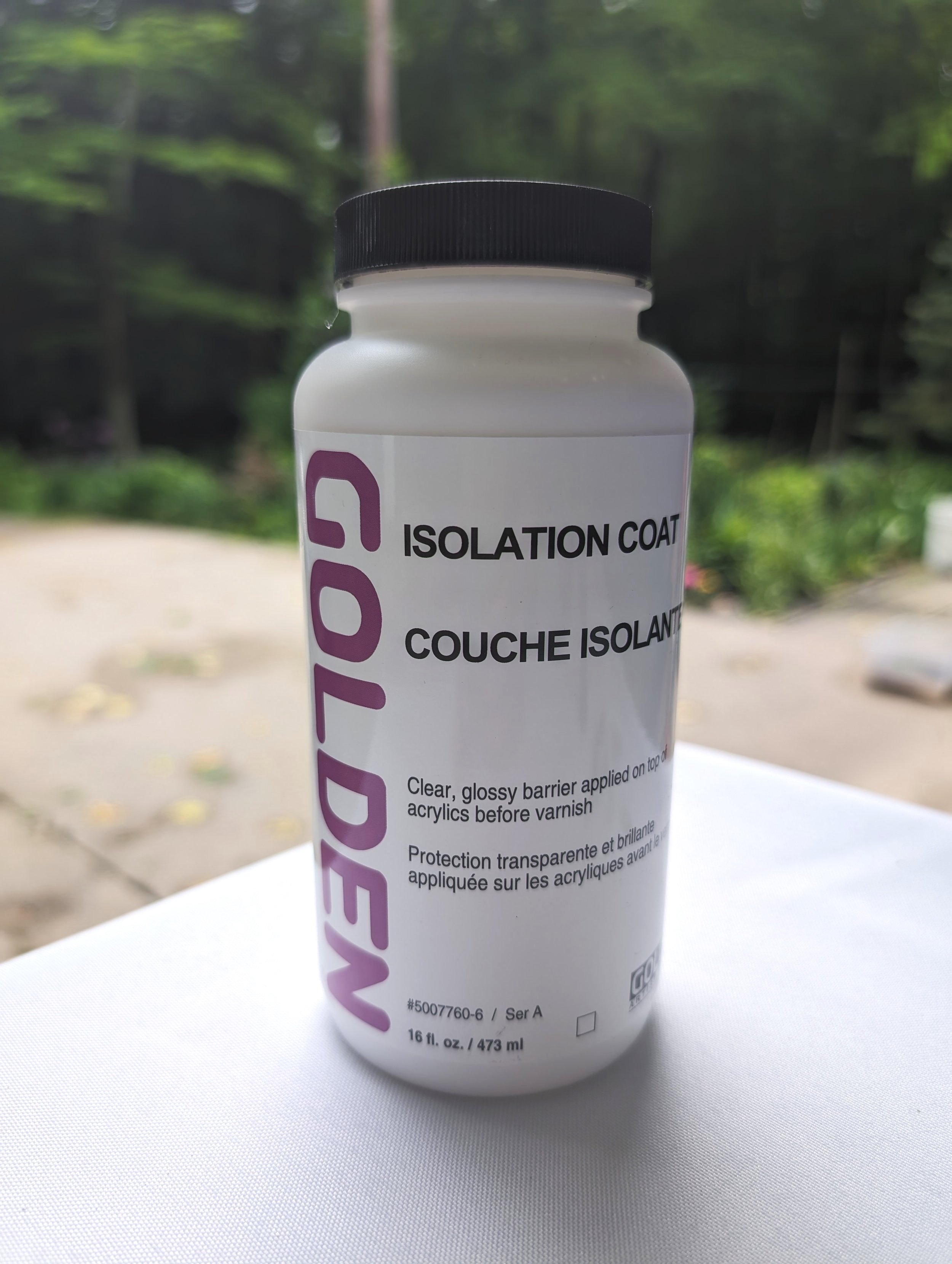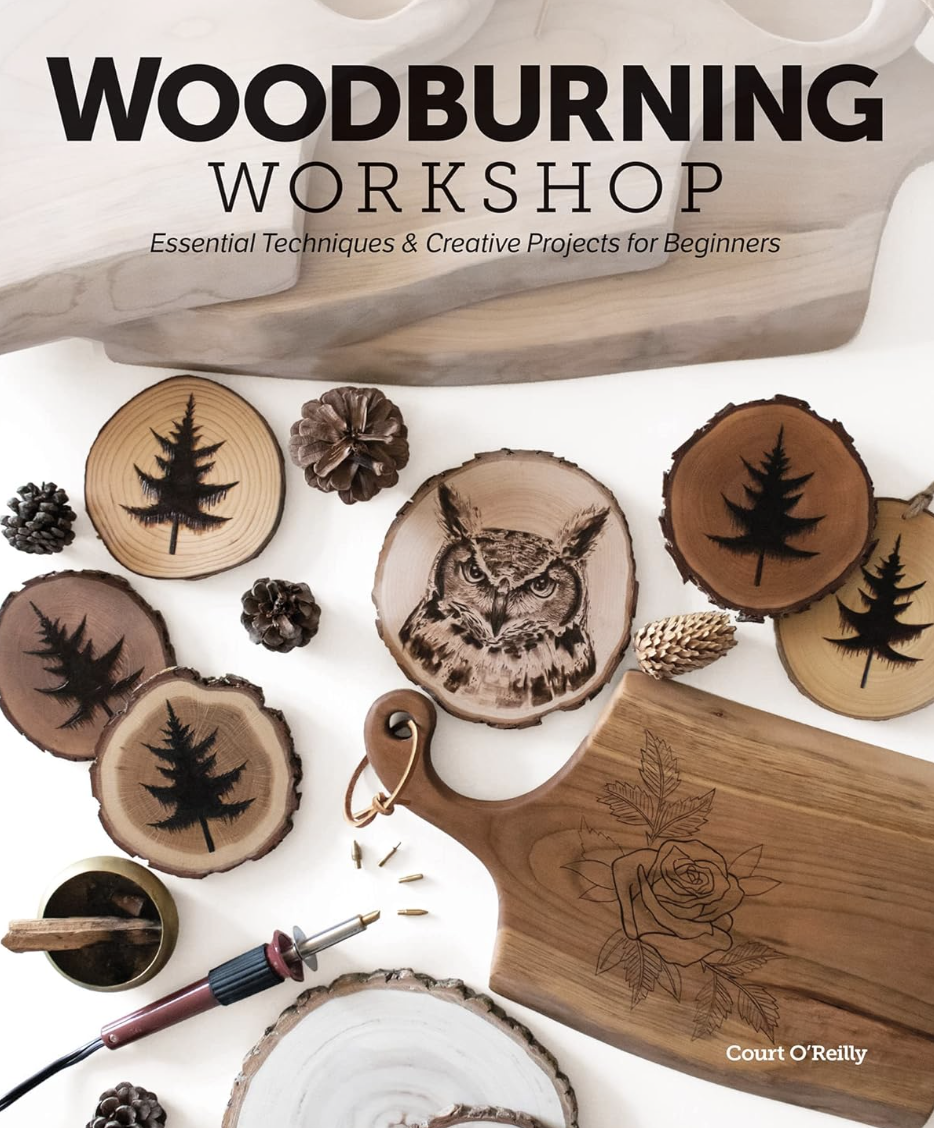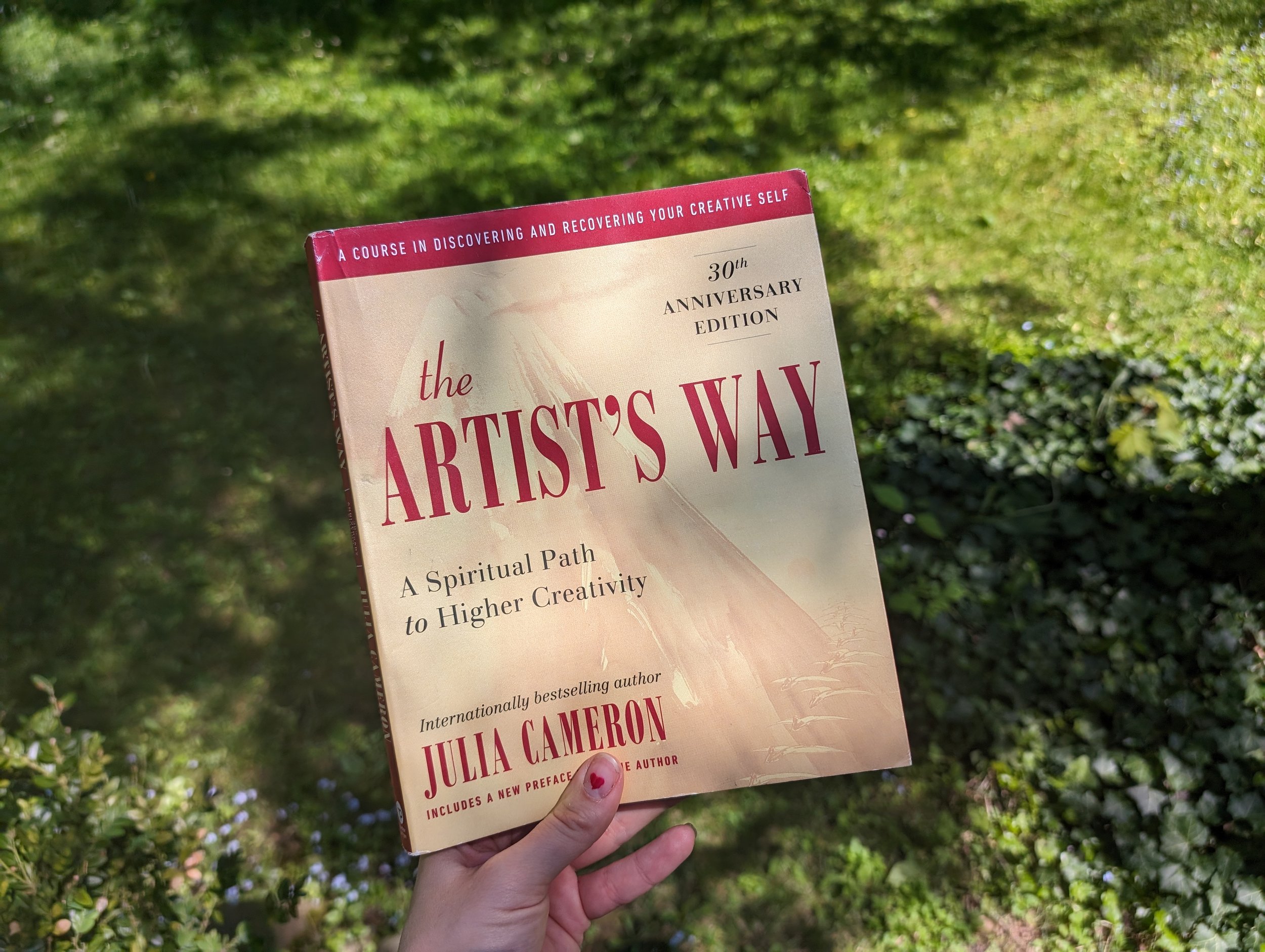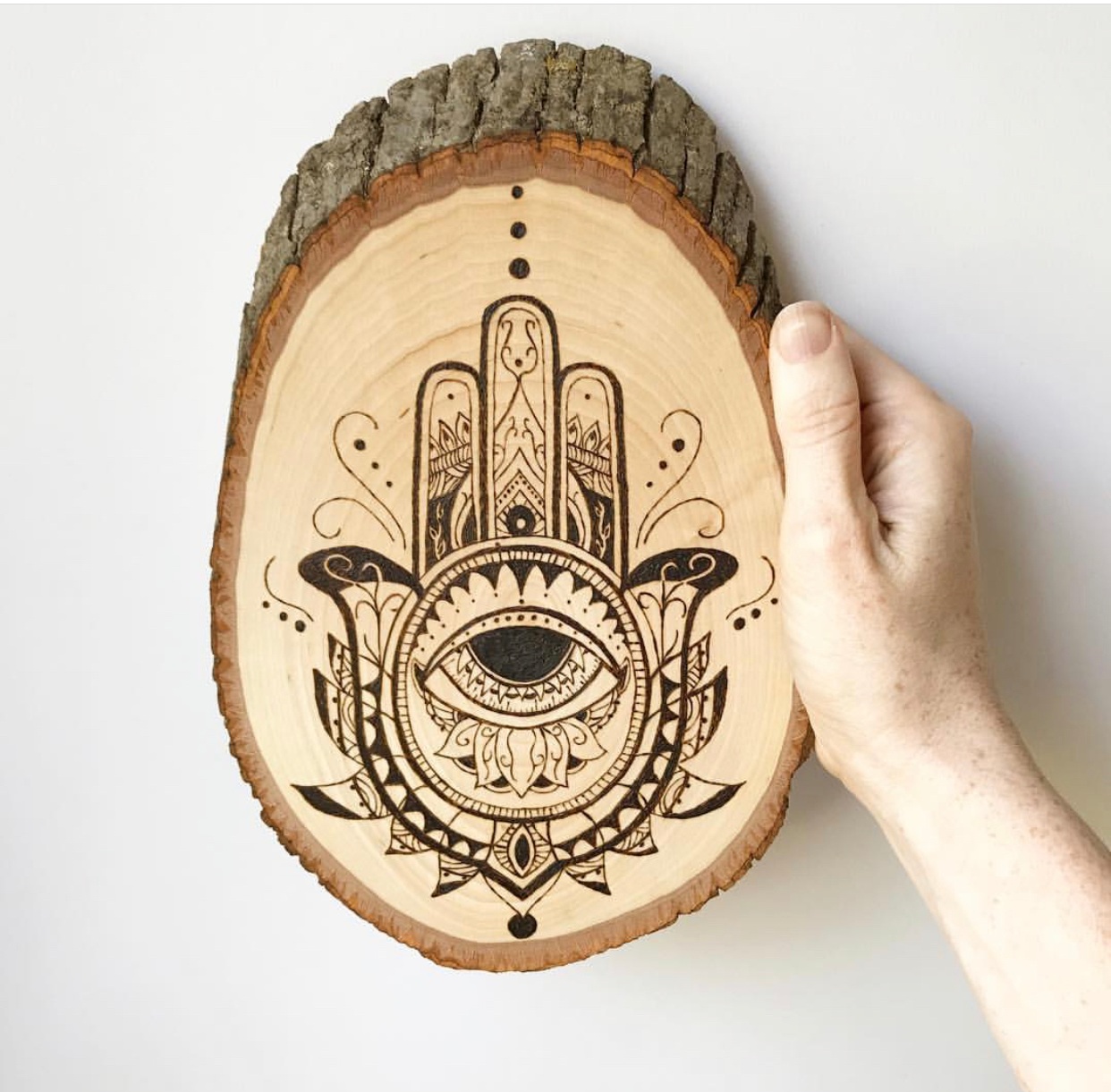As an artist, there are countless books out there to inspire and teach. But the ones we’re sharing here aren’t “how to wood burn” books. They’re the foundation under the craft! From drawing, seeing, composition, confidence, presence. Those skills are what let you take pyrography further.
These are books we have actually read and love. The title’s are an affiliate link, and every click, at no cost to you, helps support this business. Thank you!
1. “Drawing on the Right Side of the Brain" by Betty Edwards
This book is a classic for a reason. It teaches artists how to see and draw objects from a different perspective, encouraging them to tap into the right side of their brain for a more intuitive approach to drawing. I love it because it rewired how I see negative spaces, edges, proportions, etc...
Pyrography takeaway: Understanding these concepts makes for cleaner linework and more accurate transfers… This means fewer “uh-oh” moments at 700°F. You’ll spot angles and gaps before you burn. You will spot AI and it’s weird irregularities before you purchase that template. For me, it created more trust in myself to burn a design that isn’t super clear on wood (like when the transfer doesn’t transfer 100% or when lines overlap and you’re not sure what is what).
This book was recommended by a Burn Club+ member from our two-part colour class in Open Studio (watch the recording in Burn Club+ where we get to talking about the book, seeing inside it and exploring the techniques). It teaches you to build a black-and-white base, then add thin colour. These teachings apply to everything, not just faces —> plants, animals, objects, designs... Simple, step-by-step teaching on light and soft vs. sharp transitions and so much more.
Pyrography takeaway: Make a small value map. Burn from light to dark to practice shading at different depths. Add a thin colour wash over the burns to see how value affects the colours. A quick, fun exercise if you like mixing media with your burns.
This book is not just for artists but for anyone looking to unlock their creativity or get “un-stuck” when in a creative rut. It offers a 12-week program to help artists overcome creative blocks and tap into their full potential. It’s fun, it’s guided and it works!! Check out my journey with this book here —> The Artists Way by Julia Cameron
Pyrography takeaway: Every week, you are prompted to go on an artists date. Focus your dates on burning freestyle meditative art (Burn Club+ includes Burn Flows, which are just that! Guided burning exersizes in a variety of textures and styles aimed at practice and control to improve your pyro skills but in a less pressured way).
This book is a great resource for artists who want to improve their knowledge of anatomy. It covers everything from skeletal structure to muscle groups. It’s a helpful book if you want to make portraits and are interested in burning the human form.
Pyrography takeaway: Make your animal and human portraits come to life. This book will teach you how to use cylinders, planes, and bony peaks to help omit flatness and make your wood burned subject look more realistic.
This book is a fun and inspiring read that encourages artists to embrace their influences and find inspiration in unexpected places. Often a controversial subject, Austin says: nothing is original, so embrace influence, school yourself through the work of others, remix and reimagine to discover your own path.
Pyrography takeaway: Build a collection of images or make a reference board of leaves, feathers, skulls, lettering (Check out the list of royalty-free resources or the inspiration channel in The Burn Club ) . Combine 2–3 sources, change composition, and credit influences.
This book is a must-read for any artist struggling with self-doubt and creative blocks (who isn’t though). It explores the fears that hold artists back and offers practical advice on how to overcome them.
Pyrography takeaway: Perfectionism ruins more wood slices than heat ever will (or completely doesn’t allow to start burning on the wood slice in the first place. I’ve been there too many times). Build a “sacrifice board” habit: first 3 minutes of every session are throwaway drills (or Burn Flows) to burn off jitters… Then start the piece.
Yes, this is my book. I might be biased, but I wrote it for two reasons.
First, after a lot of research and trial and error, I noticed that a many guides out there made things feel complicated and rigid. The instructions were so precise or extensive that I felt anxious about “doing it wrong.” I didn’t want that.
The second reason is more personal. Drawing (and burning) radial symmetry designs became a real mental health tool for me. It helped me slow down, focus, and breathe in a way I didn’t expect, and I wanted to share that with other people.
So I combined those two things and built this book to be simple, relaxed, and freestyle. It walks you through creating your own patterns step by step, then shows you a bunch of variations so you can use the same basics in pencil, ink, paint, chalk, and even on wood.
Pyrography takeaway: Merge the slow, relaxing rhythm of pyrography with your own radial-symmetry patterns. Create, repeat, and enjoy the calm while you burn. Burning repeating patterns is a great way to practice your techniques and improve your skills. Plus, you set the difficulty level when you learn to draw your own patterns! I created a digital version of this book so that you can easily take the designs in it and resize, print, trace then burn them as practice!
This is a friendly, picture-heavy walkthrough from rough sketch to polished lettering. It shows how to build letterforms (not just copy a font), keep spacing consistent, and add simple flourishes and layouts for quotes, signs, and nameplates.
Pyrography takeaway: Draw light pencil guidelines (baseline, x-height, slant), sketch the letter “skeletons,” then use only pyrography to burn the final letter. Lettering is often found in pyrography, but you can also find or create a font you are comfortable with and love, and make it into your signature for you to burn on your completed artworks!
This book provides gentle, low-pressure prompts that build a daily sketch habit. Short, timed exercises focus on noticing shapes, breathing through the line, and letting go of perfection. It’s a great quick and fun book.
Pyrography takeaway: Complete one of the exercises directly onto the wood! Use a pencil to follow the guidelines and then complete your artwork using pyrography. This freestyle way might just help loosen up those perfect lines.
This book is another (but more abstract) gentle, slow-drawing book with prompts (pods, pebbles, branches, simple repeats) that lower the pressure and build a steady, mindful rhythm. Short, timed exercises make it easy to show up for 5–10 minutes and leave feeling grounded.
Pyrography takeaway: Kinda like a Burn Flow, get doodling with your pyrography pen!
This book offers practical advice for artists looking to establish a regular creative practice. It explores the habits and routines of successful artists and offers insights into how to develop your own creative process.
Pyrography takeaway: This straight-talk guidance on building a repeatable creative routine can easily apply to your wood burning! Create those rituals with the steps and guidance provided.
In the end, this is our real-life stack of books we reach for (or remember lessons learned) when we want to reset our hand, push our values, or just fall back in love with making. Whether you’re new to burning or deep into commissions, there’s at least one idea here you can take straight to the board today. Grab one book, steal one tiny takeaway, and give it ten minutes, just to start.

